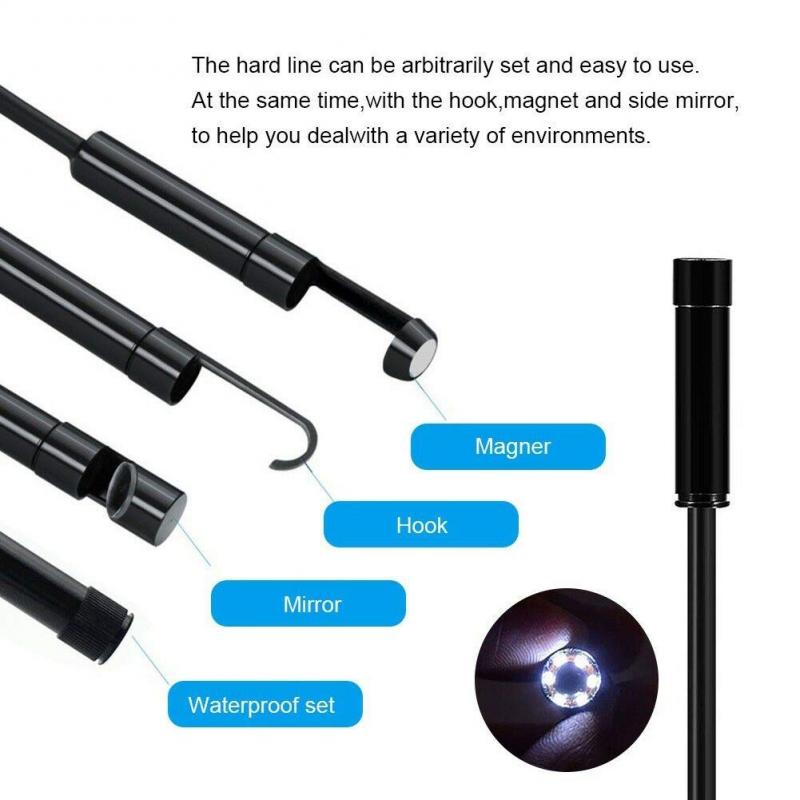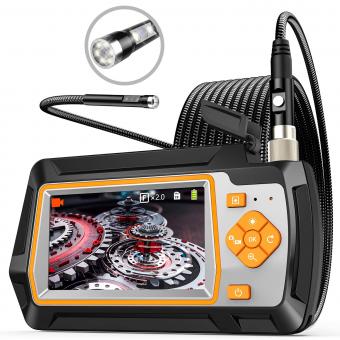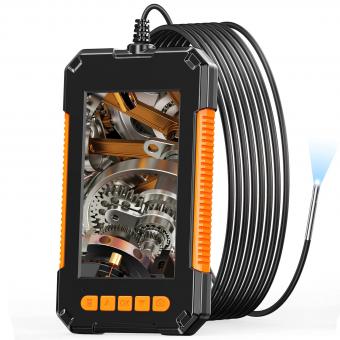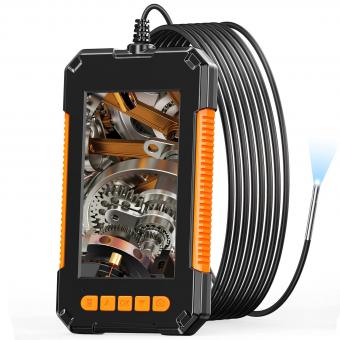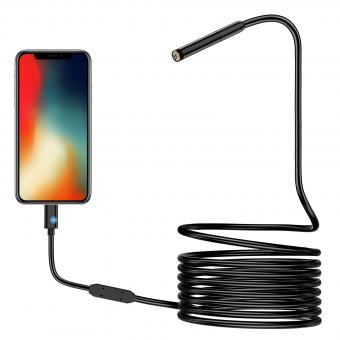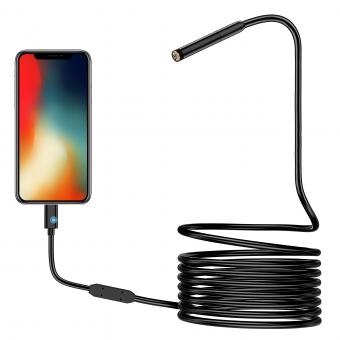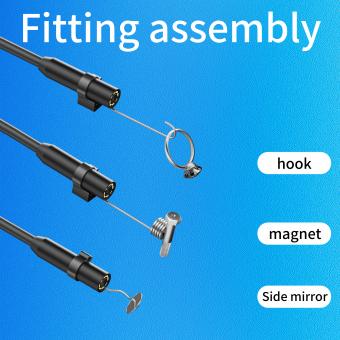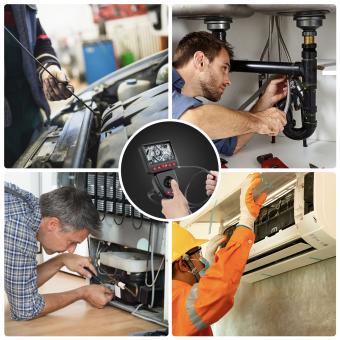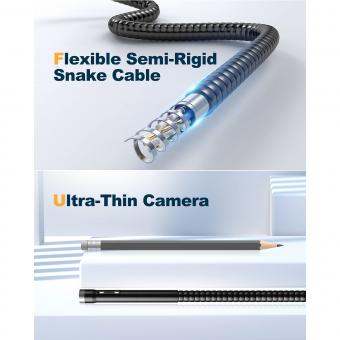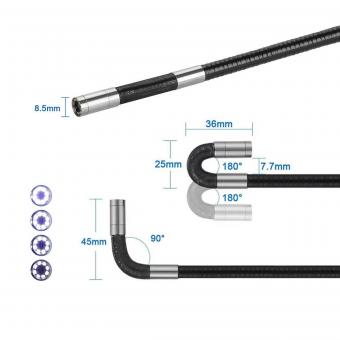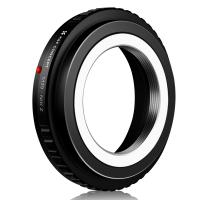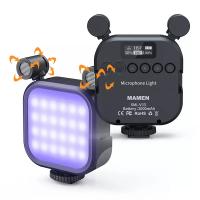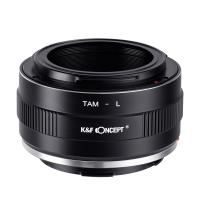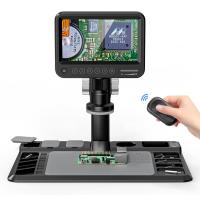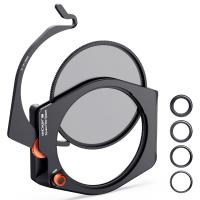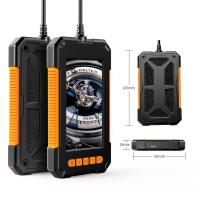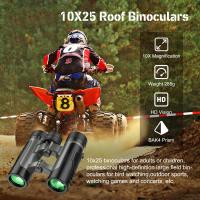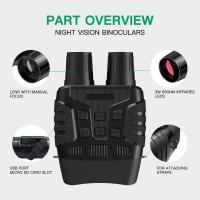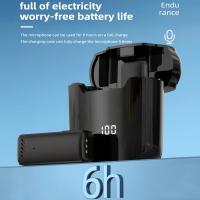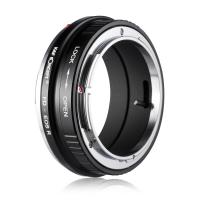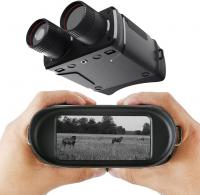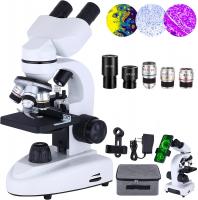Where Is An Endoscope Used ?
An endoscope is a medical device used for visualizing and examining the interior of various organs and cavities within the body. It is commonly used in minimally invasive procedures to diagnose and treat conditions in the gastrointestinal tract, including the esophagus, stomach, and intestines. Endoscopes are also utilized in procedures involving the respiratory system, such as examining the airways and lungs. Additionally, they are employed in urology to visualize the urinary tract, gynecology for examining the reproductive organs, and otolaryngology to assess the ear, nose, and throat. The versatility of endoscopes allows for their application in a wide range of medical specialties, enabling physicians to perform diagnostic and therapeutic interventions with minimal discomfort and faster recovery times for patients.
1、 Medical Endoscopy: Diagnostic and surgical procedures in medicine.
An endoscope is a medical device that is used in a procedure called endoscopy, which involves the examination and treatment of the interior of the body using a flexible tube with a light and camera attached to it. Endoscopy is a minimally invasive procedure that allows doctors to visualize and diagnose various conditions without the need for open surgery.
Endoscopes are used in a wide range of medical specialties, including gastroenterology, pulmonology, urology, gynecology, and otolaryngology. In gastroenterology, endoscopes are commonly used to examine the esophagus, stomach, and intestines for conditions such as ulcers, polyps, and tumors. They can also be used to perform procedures such as biopsies, removal of foreign objects, and the placement of stents.
In pulmonology, endoscopes are used to examine the airways and lungs for conditions such as lung cancer, infections, and inflammation. They can also be used to perform procedures such as bronchial biopsies and the removal of foreign objects.
In urology, endoscopes are used to examine the urinary tract, including the bladder and urethra, for conditions such as kidney stones, tumors, and urinary tract infections. They can also be used to perform procedures such as the removal of stones and the treatment of bladder tumors.
In gynecology, endoscopes are used to examine the reproductive organs, including the uterus and ovaries, for conditions such as fibroids, polyps, and ovarian cysts. They can also be used to perform procedures such as hysteroscopy and laparoscopy.
In otolaryngology, endoscopes are used to examine the nose, throat, and larynx for conditions such as sinusitis, vocal cord disorders, and tumors. They can also be used to perform procedures such as sinus surgery and vocal cord surgery.
The latest point of view regarding the use of endoscopes is the development of advanced technologies, such as high-definition imaging and robotic-assisted systems, which enhance the visualization and precision of endoscopic procedures. These advancements have led to improved diagnostic accuracy and better patient outcomes. Additionally, there is ongoing research and development in the field of endoscopy, with the aim of expanding its applications and improving its effectiveness in various medical specialties.
In conclusion, endoscopes are widely used in medical endoscopy for diagnostic and surgical procedures in various medical specialties. They have revolutionized the field of medicine by providing a minimally invasive approach to visualize and treat conditions inside the body. With ongoing advancements in technology, endoscopy continues to evolve, offering new possibilities for diagnosis and treatment.
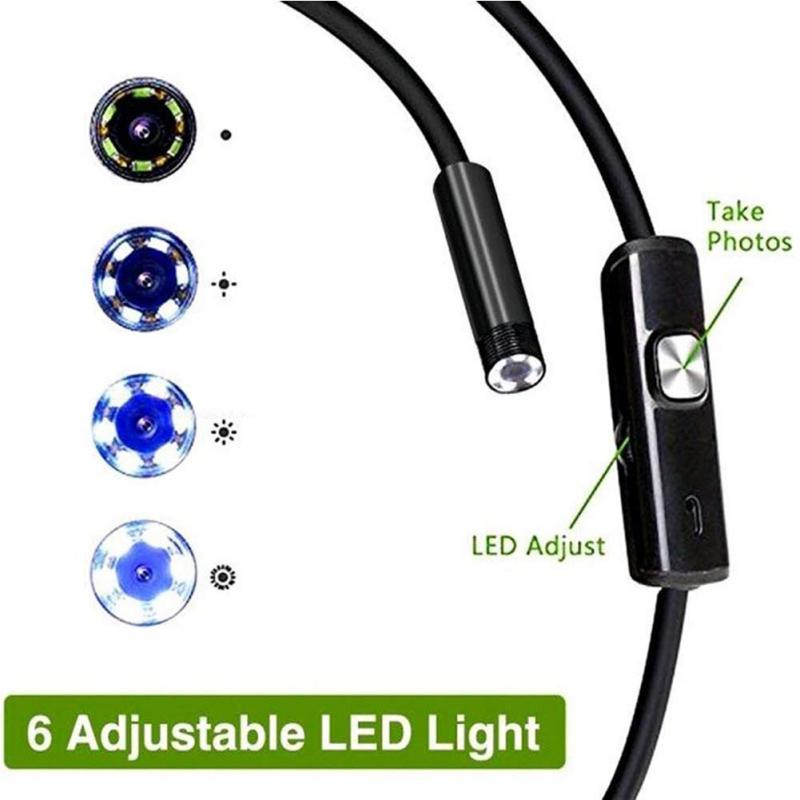
2、 Industrial Endoscopy: Inspection and maintenance of machinery and structures.
An endoscope is a versatile medical device that is also widely used in various industries for inspection and maintenance purposes. One of the key applications of endoscopy in the industrial sector is the inspection and maintenance of machinery and structures.
In industrial endoscopy, a flexible or rigid endoscope is used to visually inspect the internal components of machinery and structures that are otherwise difficult or impossible to access. This allows for non-destructive testing and evaluation of the condition of equipment, identifying any potential issues or defects that may affect its performance or safety.
Endoscopy is particularly useful in industries such as manufacturing, automotive, aerospace, and energy, where complex machinery and structures are involved. It enables engineers and technicians to examine the internal parts of engines, turbines, pipes, and other components without the need for disassembly, saving time and resources.
The latest advancements in endoscopic technology have further enhanced its capabilities in industrial applications. High-definition cameras and advanced lighting systems provide clearer and more detailed images, allowing for better inspection and analysis. Additionally, the development of robotic endoscopes has enabled remote inspection of hazardous or hard-to-reach areas, reducing the risk to human operators.
Industrial endoscopy plays a crucial role in preventive maintenance programs, as it allows for the early detection of potential issues before they escalate into major problems. Regular endoscopic inspections can help identify wear and tear, corrosion, leaks, blockages, and other defects, enabling timely repairs or replacements to be carried out.
In conclusion, endoscopy is widely used in the industrial sector for the inspection and maintenance of machinery and structures. Its non-destructive nature, ability to access hard-to-reach areas, and advancements in technology make it an invaluable tool for ensuring the safety and efficiency of industrial equipment.

3、 Veterinary Endoscopy: Diagnostic and surgical procedures in veterinary medicine.
An endoscope is a medical device that is used to visualize and perform procedures inside the body. It consists of a long, flexible tube with a light and camera at the end, allowing doctors to see and navigate through the body's internal structures. While endoscopy is commonly associated with human medicine, it is also widely used in veterinary medicine.
Veterinary endoscopy has become an essential tool for both diagnostic and surgical procedures in animals. It allows veterinarians to examine and treat various conditions in a minimally invasive manner, reducing the need for more invasive surgeries. Endoscopy is used in a wide range of veterinary specialties, including gastroenterology, respiratory medicine, urology, and orthopedics.
In gastroenterology, endoscopy is used to diagnose and treat gastrointestinal disorders such as ulcers, polyps, and foreign body obstructions. It allows veterinarians to visualize the esophagus, stomach, and intestines, and perform procedures such as biopsies and removal of foreign objects.
In respiratory medicine, endoscopy is used to evaluate the airways and lungs, aiding in the diagnosis of conditions such as chronic coughing, pneumonia, and tracheal collapse. It allows veterinarians to visualize the trachea and bronchi, collect samples for analysis, and remove obstructions.
In urology, endoscopy is used to examine and treat conditions of the urinary tract, including bladder stones, tumors, and urethral obstructions. It allows veterinarians to visualize the bladder and urethra, perform biopsies, and remove stones or other obstructions.
In orthopedics, endoscopy is used to visualize and treat joint conditions such as arthritis, ligament tears, and cartilage defects. It allows veterinarians to examine the joint space, perform minimally invasive surgeries, and guide the placement of implants.
The latest advancements in veterinary endoscopy include the use of advanced imaging technologies, such as high-definition cameras and 3D visualization, which provide veterinarians with clearer and more detailed images. Additionally, there has been an increase in the use of minimally invasive techniques, such as laparoscopy and thoracoscopy, which further reduce the invasiveness of procedures and promote faster recovery times for animals.
Overall, veterinary endoscopy has revolutionized the field of veterinary medicine, allowing for more accurate diagnoses and less invasive treatments. It has become an invaluable tool for veterinarians in providing optimal care for their animal patients.

4、 Aerospace Endoscopy: Inspection and maintenance of aircraft and spacecraft.
An endoscope is a medical device that consists of a long, flexible tube with a light and a camera at the end. It is primarily used in the field of medicine for diagnostic and surgical procedures. However, endoscopes are not limited to medical applications alone. One area where endoscopes are increasingly being used is in aerospace endoscopy for the inspection and maintenance of aircraft and spacecraft.
In the aerospace industry, endoscopes play a crucial role in ensuring the safety and reliability of aircraft and spacecraft. They are used to inspect hard-to-reach areas such as engines, fuel tanks, and other critical components. By inserting the endoscope into these areas, engineers and technicians can visually inspect for any signs of damage, corrosion, or other issues that may affect the performance of the aircraft or spacecraft.
Aerospace endoscopy has become even more important in recent years due to advancements in technology and the increasing complexity of aerospace systems. With the development of smaller and more advanced endoscopes, engineers can now access even tighter spaces and obtain high-resolution images and videos for analysis. This allows for more accurate and efficient inspections, reducing the need for costly and time-consuming disassembly of components.
Furthermore, the use of endoscopes in aerospace endoscopy has also contributed to the development of predictive maintenance strategies. By regularly inspecting and monitoring the condition of critical components, engineers can detect potential issues before they become major problems, thus improving the overall safety and reliability of aircraft and spacecraft.
In conclusion, endoscopes are not limited to medical applications and are increasingly being used in aerospace endoscopy for the inspection and maintenance of aircraft and spacecraft. The use of endoscopes in this field has revolutionized the way inspections are conducted, allowing for more accurate and efficient assessments of critical components. With further advancements in technology, the role of endoscopes in aerospace endoscopy is expected to continue to grow, ensuring the safety and reliability of aerospace systems.
